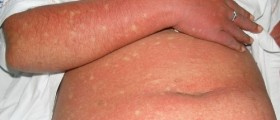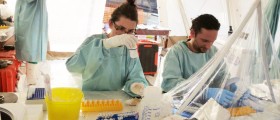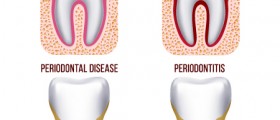
Malaria
This is a mosquito-borne infectious disease caused by eukaryotic protists of the genus Plasmodium. Malaria is prevalent in tropical and subtropical regions where there are large amounts of rain and constant hot temperatures. Malaria is distinguished by high fever and headache, which may progress to severe stage and end up in coma or death. In malaria, protozoa multiplies within red blood cells, gradually affecting the whole organism.
Amoebiasis
This condition is caused by amoeba Entamoeba histolytica, which is an anaerobic parasitic protozoan, part of the genus Entamoeba. Symptoms of this disease are usually associated with gastrointestinal problems, even though sometimes it can be completely asymptomatic. This serious infection causes about 70,000 deaths each year. The symptoms may range from mild diarrhea to severe inflammatory disorder of the intestine, distinguished by blood and mucus in the stool.
Toxoplasmosis
This parasitic disease is caused by the protozoan Toxoplasma gondii, which infects most of the warm-blooded animals. The primary host for these protozoa is the cat family. The infection spreads by ingestion of feces of a cat or by transmission from mother to the fetus. However, contact with raw meat is the most significant source of human infections. This dangerous parasite can cause inflammation of the brain, neurologic diseases and problems with vital organs such as heart and liver. In most of the cases, the symptoms include flu-like symptoms and no severe illness.African trypanosomiasis
This condition is also known as sleeping sickness or African lethargy. It is caused by protozoa of the species Trypanosoma brucei. The common source of transmission is the tsetse fly, or tik-tik fly. These large biting flies inhabit regions of Africa between the Sahara and the Kalahari deserts. In the first stage, this disease is characterized by fever, headaches, joint pains, and itching. In left untreated at this phase, the disease spreads to other body organs and results in a series of symptoms including anemia, endocrine, kidney and cardiac dysfunction. Second stage is the neurological stage that begins when the protozoa invades the central nervous system. Symptoms of the later stage are confusion, problems with coordination, disruption of sleep cycle, fatigue, etc. Sometimes the disease may be fatal, and the neurological damage is always irreversible.






_f_280x120.jpg)










Your thoughts on this
Loading...